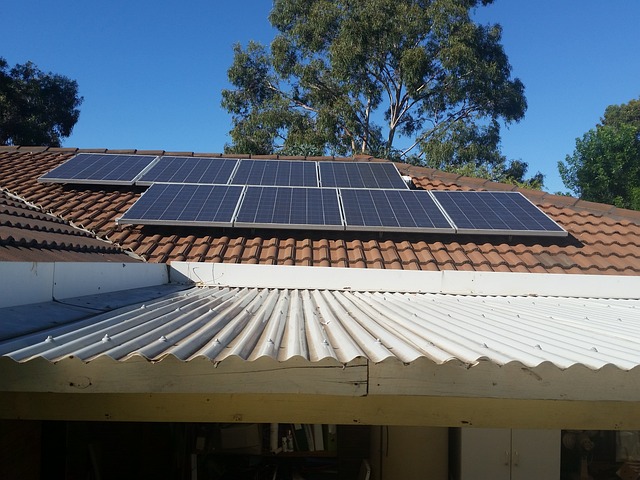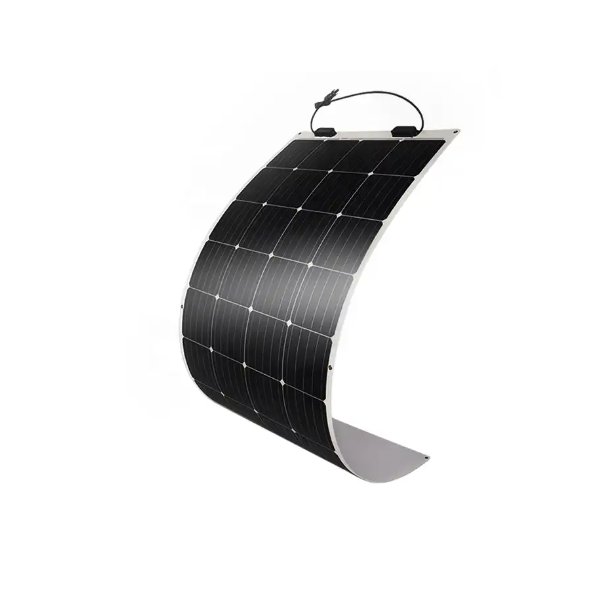Solar energy has become increasingly popular as a renewable and sustainable source of power. Traditional solar panels are rigid and fixed, making them suitable for installations on rooftops or open spaces. However, the emergence of flexible solar panels has revolutionized the solar industry, offering new possibilities for power generation. In this article, we will explore how flexible solar panels work and discuss their advantages over traditional solar panels.
Introduction to Flexible Solar Panels
Flexible solar panels, also known as thin-film solar panels, are constructed using lightweight and flexible materials. Unlike traditional solar panels that use rigid silicon-based cells, flexible solar panels utilize thin layers of photovoltaic materials such as amorphous silicon, cadmium telluride, or copper indium gallium selenide (CIGS). These thin-film solar cells are typically less than one micron thick and can be integrated into various surfaces, including fabrics, curved structures, and flexible materials.

How Do Flexible Solar Panels Work?
Flexible solar panels work on the same principle as traditional solar panels, converting sunlight into electricity through the photovoltaic effect. When sunlight hits the surface of the solar panel, it excites the electrons in the thin-film solar cells, creating an electric current. This current is then collected and channeled through the wiring embedded within the panel, which can be used to power electrical devices or stored in batteries for later use.
Advantages of Flexible Solar Panels
1.Lightweight and Portable:
One of the significant advantages of flexible solar panels is their lightweight and portable nature. Traditional solar panels are heavy and rigid, making them difficult to transport and install in certain locations. On the other hand, flexible solar panels can be rolled up or folded, allowing for easy transportation and installation in remote areas or on curved surfaces such as boats, RVs, or backpacks.
2.Versatile Installation Options:
Flexible solar panels offer a wide range of installation options that traditional solar panels cannot provide. Their flexibility allows them to be installed on various surfaces, including curved structures, textiles, and other unconventional materials. This versatility opens up possibilities for integrating solar power into everyday objects, such as clothing, bags, or even building facades.
3.Enhanced Durability:
Traditional solar panels are susceptible to damage from impacts, hail, or strong winds due to their rigid structure. Flexible solar panels, on the other hand, are more durable and resistant to such impacts. The thin-film solar cells are typically housed within a protective and flexible polymer material, making them more resistant to damage. This increased durability ensures a longer lifespan and better performance over time.
4.Better Performance in Low-Light Conditions:
Flexible solar panels have a higher tolerance for low-light conditions compared to traditional solar panels. The thin-film solar cells used in flexible panels can generate electricity even in cloudy or shaded areas, making them more effective in regions with less sunlight. This feature makes flexible solar panels a suitable choice for installations in areas that experience frequent cloud cover or shading from trees or buildings.
5.Aesthetically Appealing:
The flexible and lightweight design of these solar panels offers a more aesthetically appealing option for solar energy integration. Unlike traditional solar panels that are fixed on rooftops or open spaces, flexible solar panels can be seamlessly integrated into various surfaces without compromising the overall aesthetics. This makes them a preferred choice for architects and designers seeking to incorporate solar power without sacrificing the visual appeal of a structure.

Conclusion
Flexible solar panels, offered by Baoxinda Energy Technology, have revolutionized the solar industry, offering new possibilities for power generation. Their lightweight and portable nature, versatile installation options, enhanced durability, better performance in low-light conditions, and aesthetic appeal make them an attractive choice for various applications. As solar energy continues to gain traction as a sustainable power source, the flexibility and advantages of these innovative solar panels make them a promising solution for a greener future.






